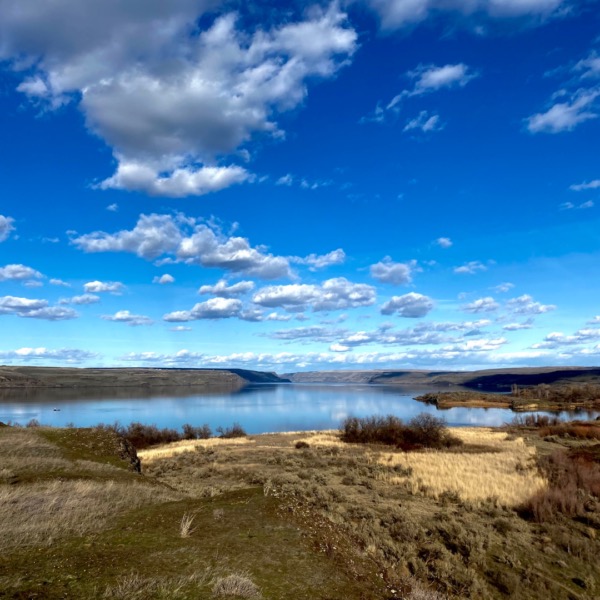Education Resources
Explore Education Resources by Topic
Engage with the natural and cultural history of the Mid-Columbia region through place-based learning resources.
Each REACH Museum field trip offers a hands-on educational experience rooted in the Mid-Columbia region’s natural and cultural history. When booking a field trip, educators may select one of the following topics. All programs are aligned with Washington State K–12 Learning Standards and adapted to fit your group’s grade level and learning goals.

Planning Your Field Trip or Classroom Visit
Each topic is led by a REACH Educator and can be tailored to your students’ grade level, learning goals, and curriculum needs. Whether you’re visiting the museum or bringing the REACH to your classroom, we offer pre-visit resources and post-visit extension ideas to support a complete learning experience.
Preschool Nature Exploration (PreK–K)
Young learners explore nature through sensory-based activities and outdoor exploration. Programs include guided interaction with indoor and outdoor exhibits and age-appropriate discovery of local plants, animals, and habitats.
Columbia River Resources (Grades 2–8)
Examine how humans and wildlife have relied on the Columbia River throughout history and how the river has changed over time.
Activities may include:
Building historical timelines
Investigating fish adaptations
Matching artifacts to Lewis & Clark journal entries
Interpreting satellite imagery of river impacts
View Columbia River Educational Content
Shrub-Steppe Ecosystem (Grades K–12)
Explore the plants, animals, and ecological relationships found in the Hanford Reach’s shrub-steppe and riparian zones.
Activities may include:
Identifying native and invasive plants
Examining animal skulls, pelts, and tracks
Discovering how living things interact in this arid environment
Access Shrub-Steppe Learning Materials
Geologic Past (Grades K–8)
Uncover the dramatic geologic history of the Pacific Northwest by exploring local rocks, landforms, and fossils.
Activities may include:
Comparing rocks and minerals
Modeling the rock cycle and plate tectonics
Analyzing Ice Age flood impacts
Explore Geologic History Resources
The River Mile Crayfish Study (Grades 3–12, April–October)
Participate in a real-world community science project by collecting and analyzing data on invasive crayfish in the Columbia River.
Activities may include:
Species identification and measurement
Scientific drawing and journaling
Water quality testing and population modeling
Can include a museum visit, classroom prep, and on-site river work. Contact our Education Manager to customize your experience.
Hanford – Manhattan Project and Beyond (Grades 5–12)
Explore the scientific, historical, and ethical dimensions of the Hanford Site—from WWII to today’s environmental stewardship.
Choose from the following focus areas:
Health Physics & Radiation
Understand radiation types, measurement tools, and safety practices used by early and modern scientists.Science of the B Reactor
Dive into the physics and engineering of nuclear fission and Hanford’s role in developing atomic technology.Debating the Atomic Bombs
Examine historical context, primary sources, and arguments for and against the use of atomic weapons in WWII.Journey from a Mine to an Atomic Weapon
Follow the global supply chain of uranium—from African mines to Hanford, to Japan—highlighting environmental and human impacts.Hanford’s Cultural Artifacts, WWII & Cold War
Investigate artifacts and oral histories from displaced communities, early workers, and the post-war era.Hanford Clean-Up
Explore current environmental challenges, waste storage, and efforts to remediate and protect this national monument.
Stay Connected with the REACH
Be the first to hear about upcoming programs, special events, educational opportunities, and community news from the REACH Museum.

